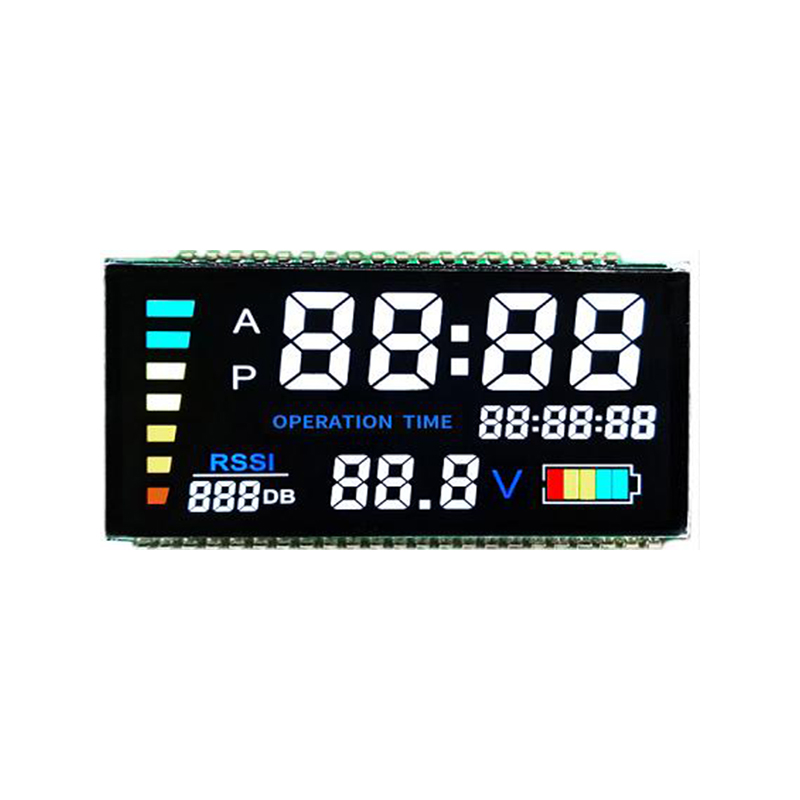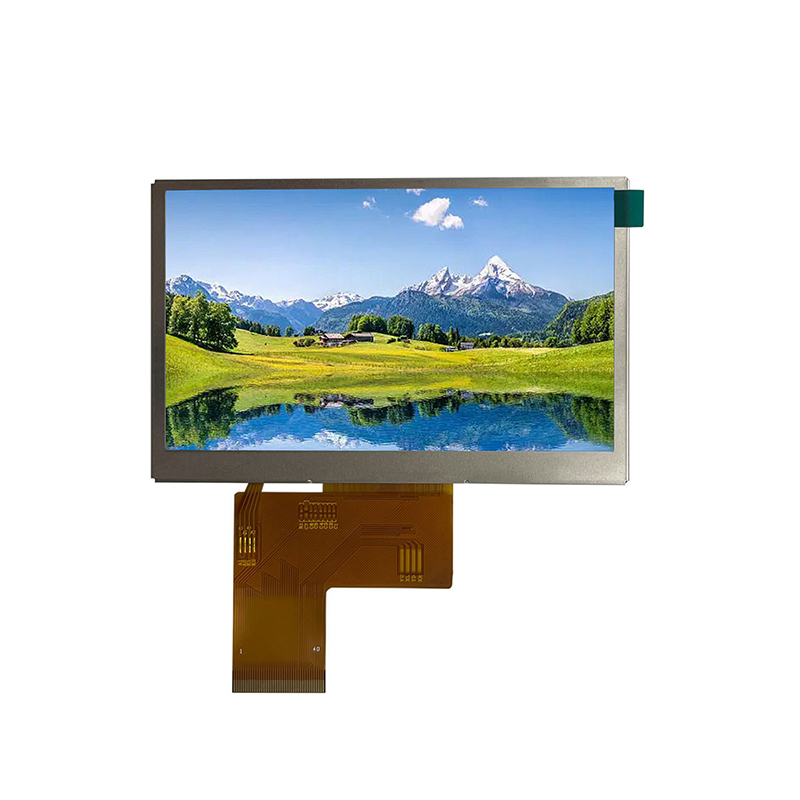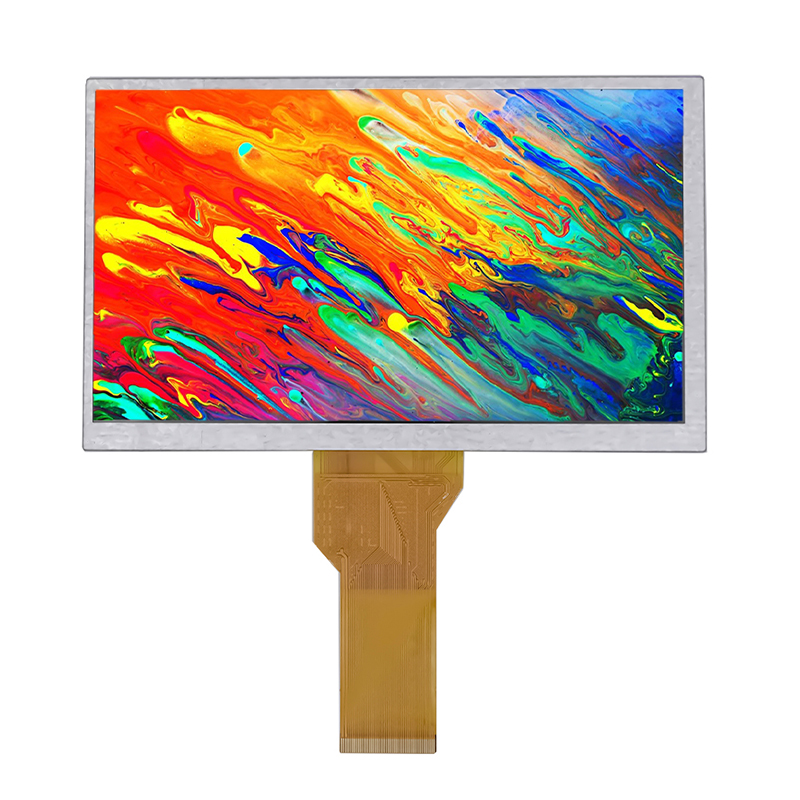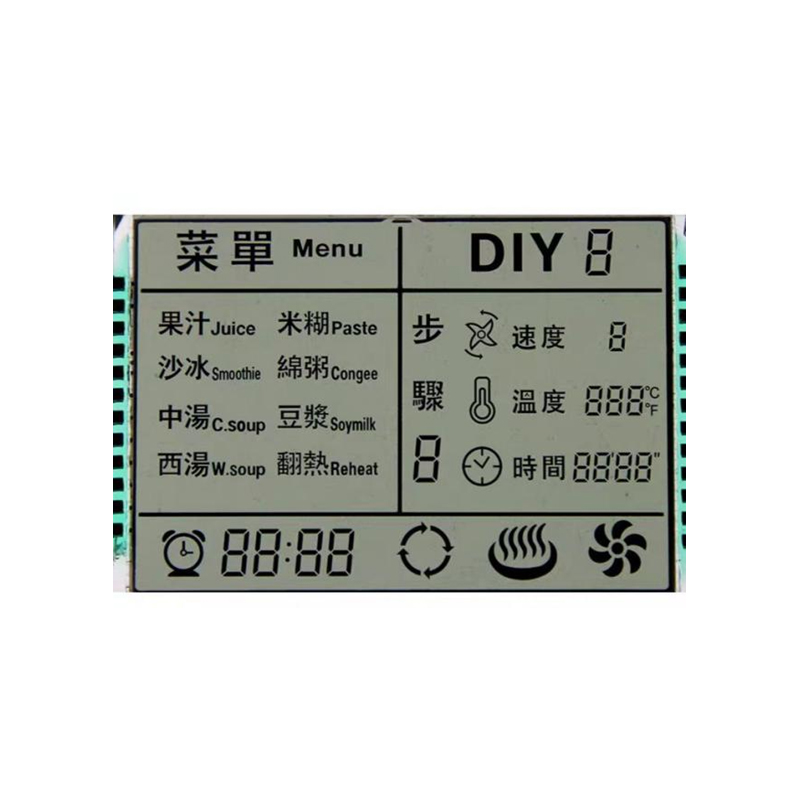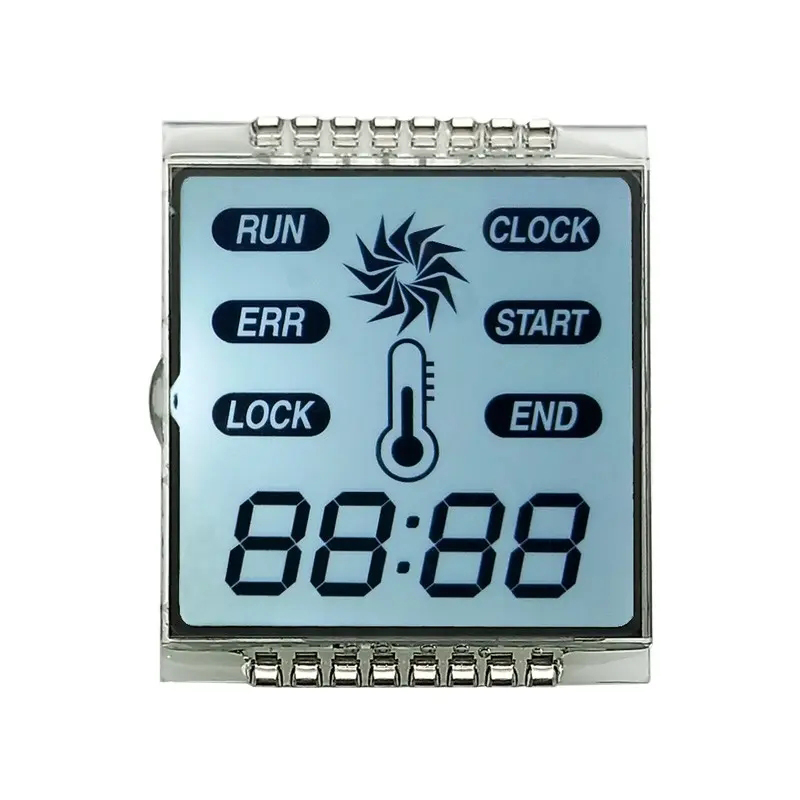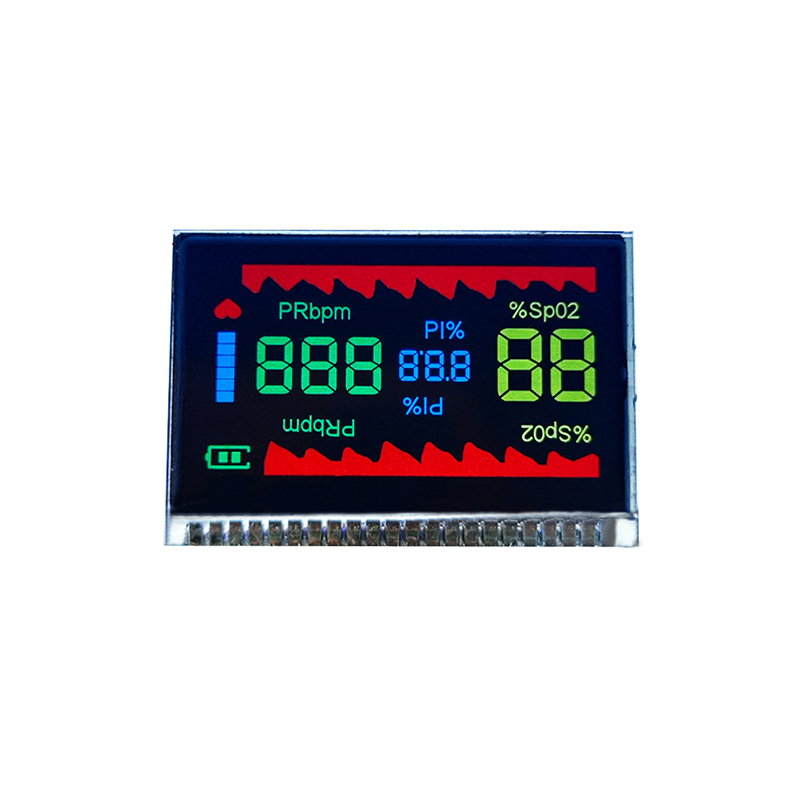
Building a custom PC is exciting, and choosing the right components can significantly impact your experience. A well-chosen LCD screen for your PC case adds convenience and style, allowing you to monitor system performance without constantly needing to boot to your main display. But with a variety of sizes, resolutions, and interfaces available, finding the ideal screen can feel overwhelming. This comprehensive guide will walk you through the essential considerations to help you make an informed decision. We’ll cover everything from understanding the different types of displays to selecting the appropriate size and resolution for your needs. You'll be ready to confidently select the perfect LCD screen for your PC case in no time.
While the term LCD screen is commonly used, several underlying technologies exist. The most common are: TN (Twisted Nematic), IPS (In-Plane Switching), and VA (Vertical Alignment). Each technology offers different advantages and disadvantages regarding color accuracy, viewing angles, and response times. For a PC case LCD screen, response time might be less critical than color accuracy and viewing angles from various positions within your case. Consider your priorities before making a choice.
The size of your LCD screen for PC case will depend largely on the available space within your case. Common sizes range from 2.8 to 7. Smaller screens are ideal for compact builds, while larger ones offer more detailed system information. Resolution is another key factor. Higher resolutions (e.g., 800x480 or 1024x600) provide sharper text and images, but require more processing power from your system. Consider balancing size and resolution based on your case's dimensions and your system's capabilities.
Various interfaces connect LCD screens to motherboards. Common options include LVDS, SPI, and parallel interfaces. Ensure that your chosen screen is compatible with your motherboard's capabilities. Check your motherboard's specifications to confirm compatibility. The correct interface is crucial for a seamless integration into your build.
Brightness and contrast are critical for readability. High brightness ensures visibility even in well-lit rooms, while good contrast makes text and images stand out. Check the specifications for typical brightness and contrast ratios (often measured in cd/m2 and 1:x, respectively). Higher numbers generally indicate better performance.
Most LCD screens use LED backlighting for improved energy efficiency and better color reproduction. Consider the type of LED backlighting. The type of backlighting can influence the quality and evenness of the illumination. A uniformly lit screen enhances readability.
Selecting the right LCD screen for your PC case involves carefully considering your specific requirements. A smaller screen might suit a smaller form factor build, while a larger screen would be better for a more spacious build. High resolution is beneficial for detailed monitoring, but may need a more powerful system. Compatibility with your motherboard's interface is essential for a successful installation.
Many reputable manufacturers produce high-quality LCD screens for PC cases. Researching different brands and reading reviews can help you narrow down your choices. Consider looking at brands known for reliability and customer support.
You can find LCD screens for PC cases from various online retailers and specialized electronics stores. Compare prices and read customer reviews before making a purchase. For high-quality displays and excellent customer service, consider checking out Dalian Eastern Display Co., Ltd. a leading provider of LCD modules and displays. They offer a wide selection of displays to suit your specific needs.
Remember to always check the specifications of your chosen LCD screen for PC case to ensure compatibility with your existing components.

